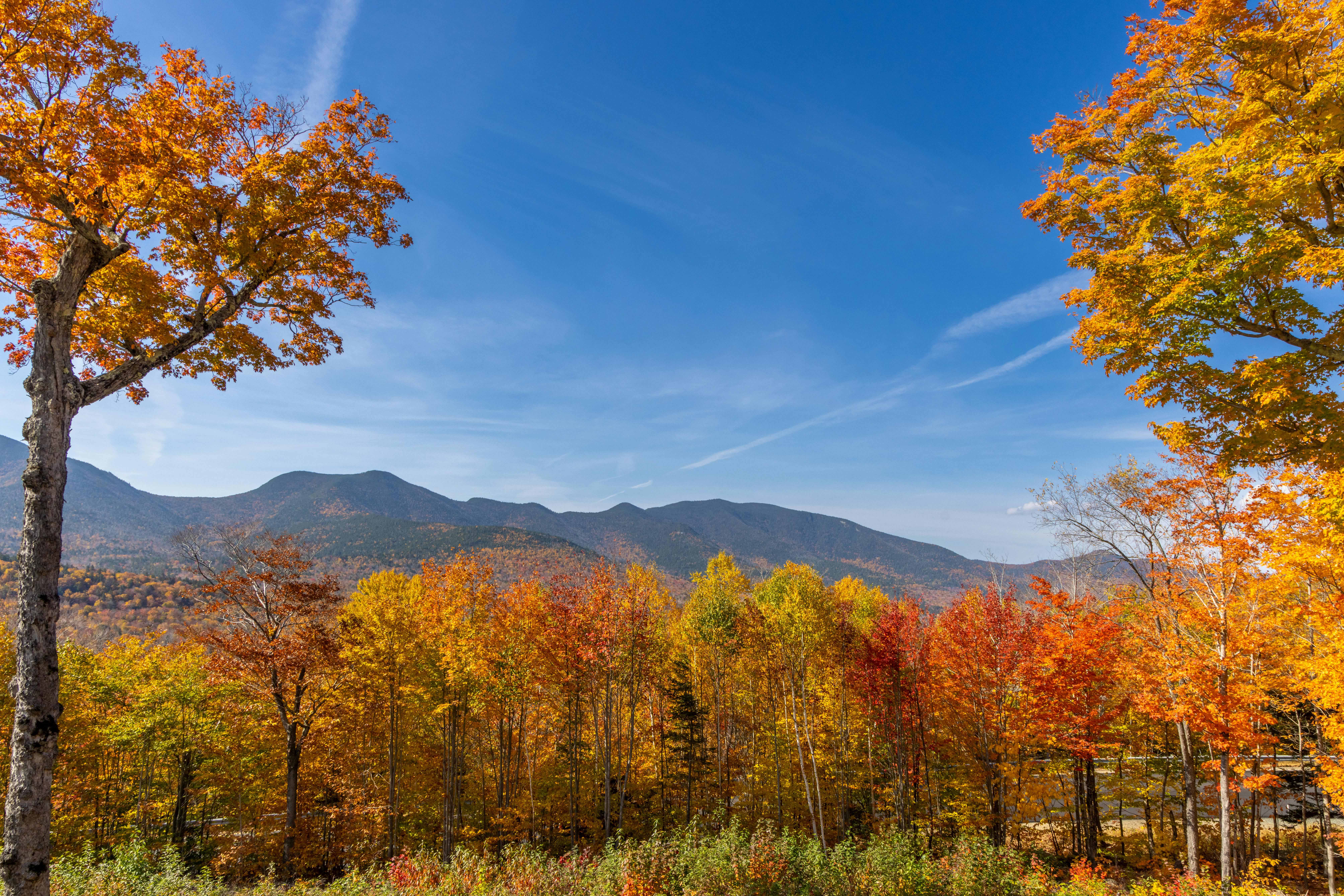Exploring Mount Monadnock NH: A Comprehensive Guide

Mount Monadnock NH
Introduction to Mount Monadnock
Mount Monadnock, a renowned granite peak, is located in Jaffrey, New Hampshire, and stands at an impressive 3,165 feet (965 meters). This iconic mountain not only features prominently in the New England skyline but is also one of the most frequently climbed mountains globally, attracting over 90,000 visitors annually. Nestled in Cheshire County, it's a symbol of natural beauty and outdoor adventure, offering panoramic views across New Hampshire and into Massachusetts and Vermont.
Geological Formation and Composition
The geological history of Mount Monadnock is as fascinating as its hiking trails. Formed over 400 million years ago due to the Acadian orogeny, a collision between tectonic plates, the mountain's rocky composition primarily includes schists and quartzites from the Devonian period. Its unique shape results from erosion processes that have worn away surrounding softer rock, leaving this formidable granite monadnock standing isolated as a testament to geological resilience. Glacial activity during the last Ice Age further sculpted the mountain's features, leaving behind a rugged terrain dotted with glacial erratics and striations.
Ecological Systems and Biodiversity
Mount Monadnock's varied elevation supports a rich tapestry of ecosystems. From dense hardwood forests in the lower regions, largely composed of oak and pine, to the sparse subalpine vegetation near its summit, the mountain is a biodiversity hotspot. These habitats are home to diverse flora and fauna, including white-tailed deer, black bears, and the rare Bicknell's thrush, a species that selectively inhabits northern forests. The mountain's plant life varies dramatically with altitude, from hemlock stands at the base to the alpine shrubs and grasses clinging to survival in the shallow summit soils.
Human History and Cultural Significance
With a history stretching back over 13,000 years, Mount Monadnock has been a site of indigenous significance for the Western Abenaki people long before European settlers arrived. The mountain gained cultural prominence in the 19th century through the work of transcendent figures like Henry David Thoreau and Ralph Waldo Emerson, who found inspiration in its majestic beauty. Today, Mount Monadnock continues to inspire artists, writers, and nature enthusiasts alike, forming a critical part of New Hampshire's cultural and artistic heritage.
Recreational Use and Trail Systems
For outdoor enthusiasts, Mount Monadnock offers a plethora of trails catering to all experience levels. The most popular among these is the White Dot Trail, which, despite its challenging ascent, offers climbers breathtaking 360-degree summit views. The Pumpelly Trail provides a more gradual approach, rewarding hikers with stunning views along the ridge. With over 35 miles of hiking paths, these trails are carefully maintained to accommodate the mountain's heavy foot traffic while preserving its natural state.
Conservation Efforts and Land Management
The preservation of Mount Monadnock’s natural and cultural resources is overseen by a collaborative network including the Society for the Protection of New Hampshire Forests, Monadnock State Park, and the Monadnock Conservancy. Conservation strategies focus on balancing recreational use with ecological protection, implementing visitor education, trail maintenance, and habitat conservation initiatives. Effective management practices aim to sustain the mountain's environment amidst growing visitor numbers and climate challenges.
The Future of Mount Monadnock
Looking forward, the key to preserving Mount Monadnock lies in sustainable management practices that integrate climate adaptation strategies. With climate change and increased human activity posing significant challenges, ongoing efforts include enhancing habitat connectivity, controlling visitor numbers through permit systems, and expanding educational outreach programs to foster a deeper understanding of this natural treasure.
In conclusion, Mount Monadnock remains a microcosm of New England's natural heritage, offering valuable lessons in conservation and the delicate balance between human engagement and environmental stewardship.
References
- https://en.wikipedia.org/wiki/Mount_Monadnock
- https://www.numberanalytics.com/blog/monadnock-historical-geology-guide
- https://armchairmountaineer.com/mount-monadnock
- https://www.trailfinder.info/trails/trail/mount-monadnock-hiking-trails
- https://backroadramblers.com/hiking-mount-monadnock-in-new-hampshire/
- https://www.forestsociety.org/press-release/forest-society-establishes-natural-areas-mount-monadnock
- https://blog.nhstateparks.org/monadrocks-mount-monadnocks-fascinating-geologic-history/
- https://www.antioch.edu/wp-content/uploads/2017/01/Mtmonadnockactivityguide.pdf
- https://digitalthoreau.org/thoreau-on-mount-monadnock/
- https://mykeenenow.com/news/219912-brush-with-greatness-mount-monadnocks-artistic-legacy/
- https://www.monadnockconservancy.org/news/post/hunting-hiking-and-safety
- https://www.mapadventures.com/products/mount-monadnock-waterproof-trail-map
Subscribe to our newsletter
Lorem ipsum dolor sit amet, consectetur adipiscing elit. Suspendisse varius enim in eros elementum tristique.
Related posts
Check out our other blog posts!



